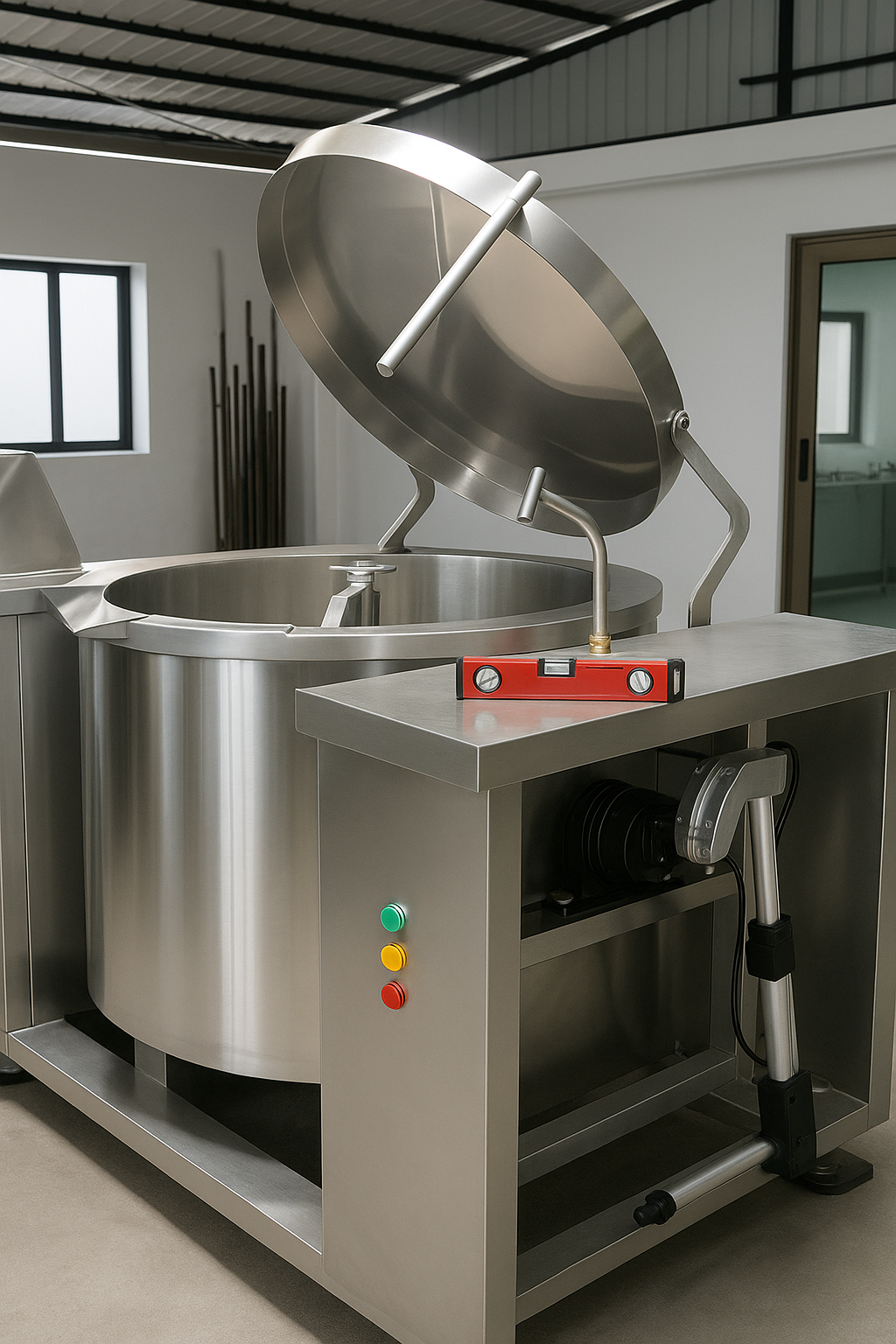In the heart of a bustling commercial kitchen, where every second counts and every movement is calculated, a chef struggled daily with an age-old problem—tilting a massive boiling pan filled with hot soups, gravies, and sauces. The pan was heavy, the movement jerky, and the risk of spillage or injury always loomed. Despite having a well-trained staff and top-of-the-line cooking equipment, the act of manually tilting the pan to pour out contents was both inefficient and unsafe. That’s when the team decided something had to change, Tilting Boiling Pan Powered by Electric Linear Actuator.

After a few discussions with their kitchen equipment supplier, the solution came not from a mechanical lever or hydraulic setup, but from a smarter, cleaner, and more efficient technology—an electric linear actuator. The idea was to automate the tilting of the boiling pan using precision motion control, eliminating the need for manual force while ensuring smooth, accurate operation.
Installation was quick and surprisingly straightforward. The actuator was mounted beneath the boiling pan with custom brackets designed to suit the existing structure. The actuator, once connected to a simple control switch, could now tilt the pan effortlessly with just the press of a button. The staff no longer had to risk burns or muscle strain. The pouring process became controlled and clean, with zero spillage and no jerky movements.
What impressed the kitchen team most was the reliability of the electric actuator. It required minimal maintenance, produced no oil leaks (as with hydraulic systems), and operated silently—perfect for a hygienic and noise-sensitive environment like a kitchen. The actuator offered high thrust, smooth linear motion, and consistent positioning, which meant the boiling pan could be tilted to the exact angle needed every time.
This small yet smart upgrade transformed not just one process, but the overall workflow of the kitchen. It brought in safety, precision, and speed—all crucial elements in a professional cooking setup. Over time, the kitchen began integrating similar electric actuators into other areas like lifting tables, opening vent hoods, and automating lids, but it all started with that one tilting boiling pan.
What was once a daily struggle became a seamless task. And that’s the power of smart automation using electric linear actuators—solving real problems in real kitchens.

Super article